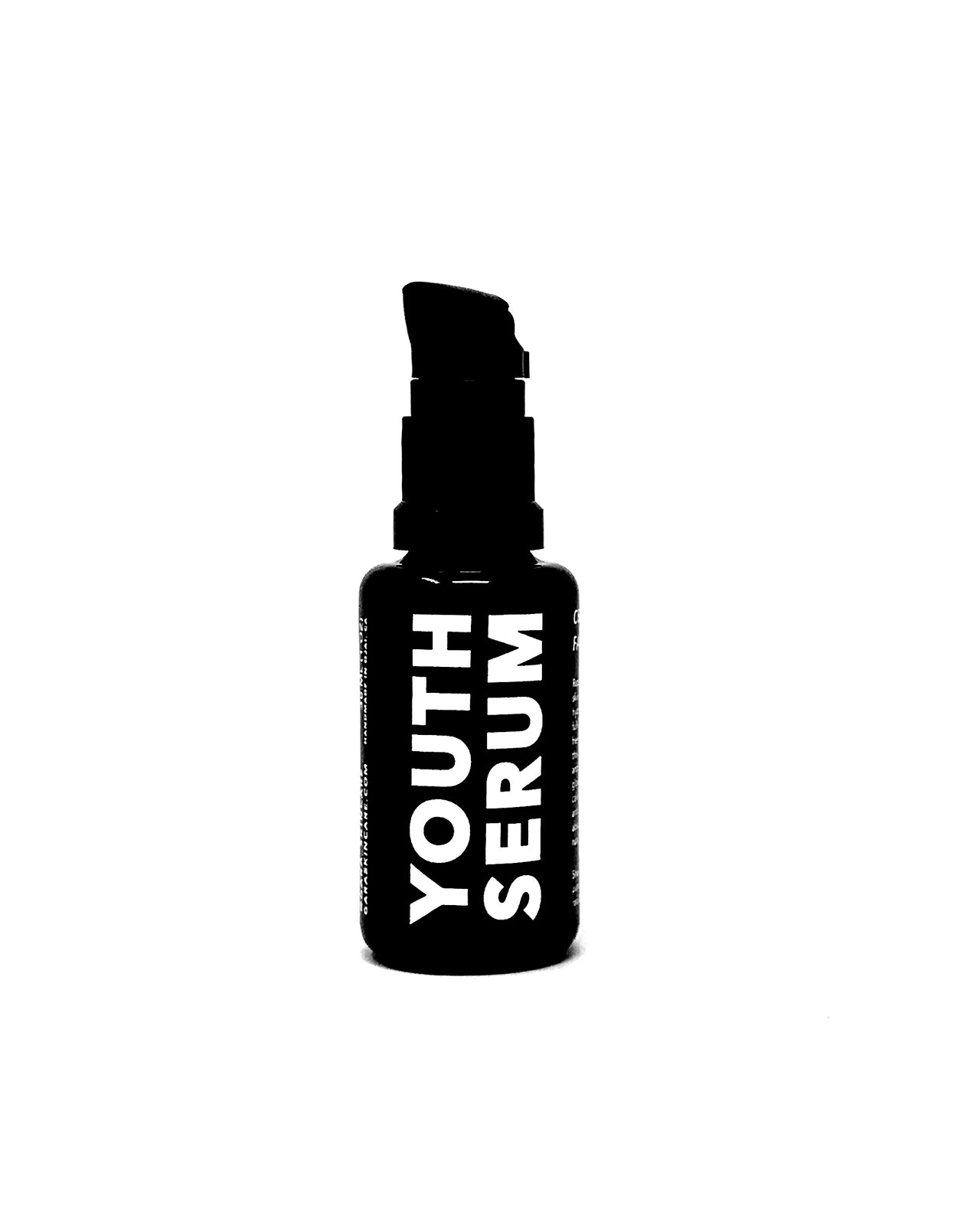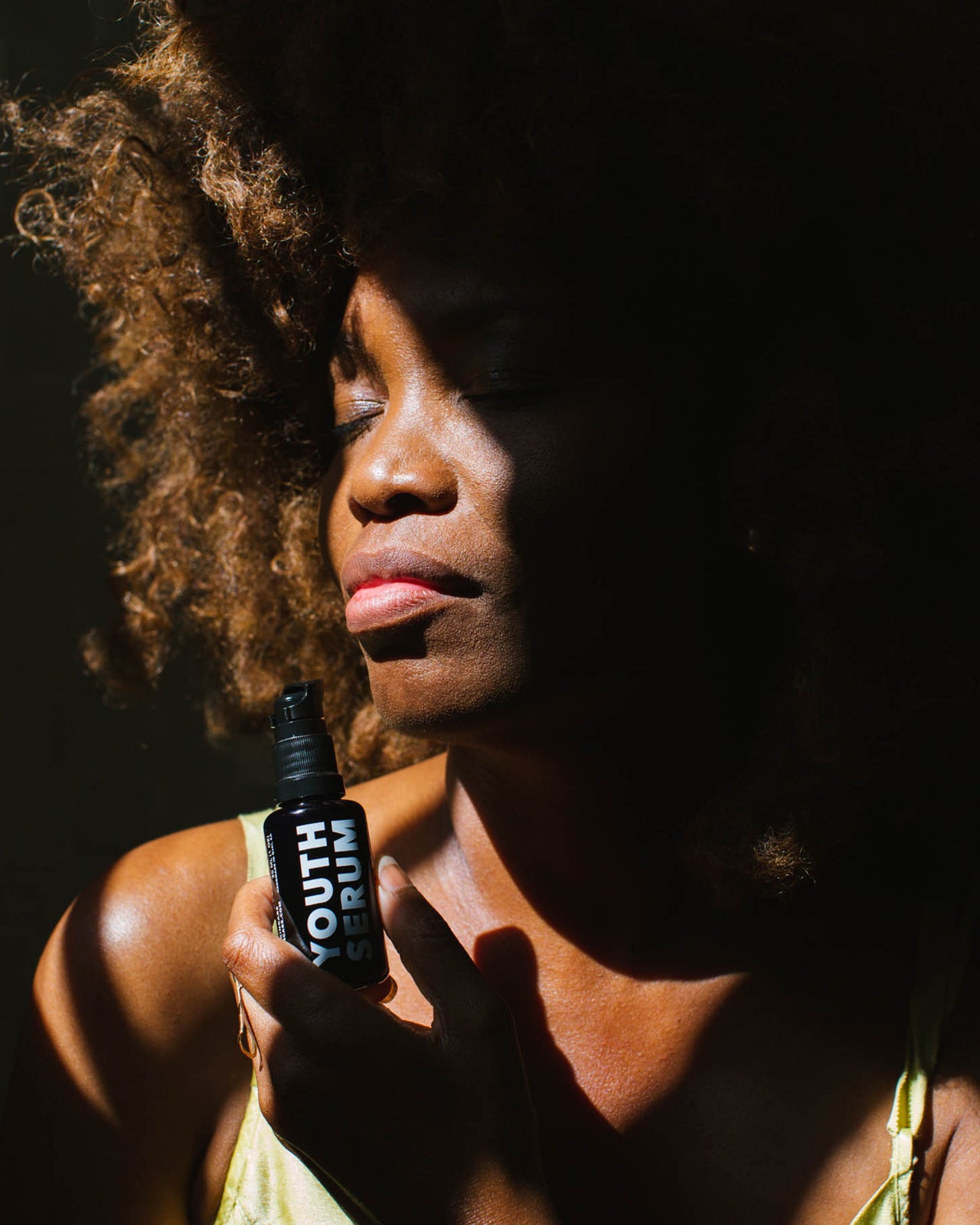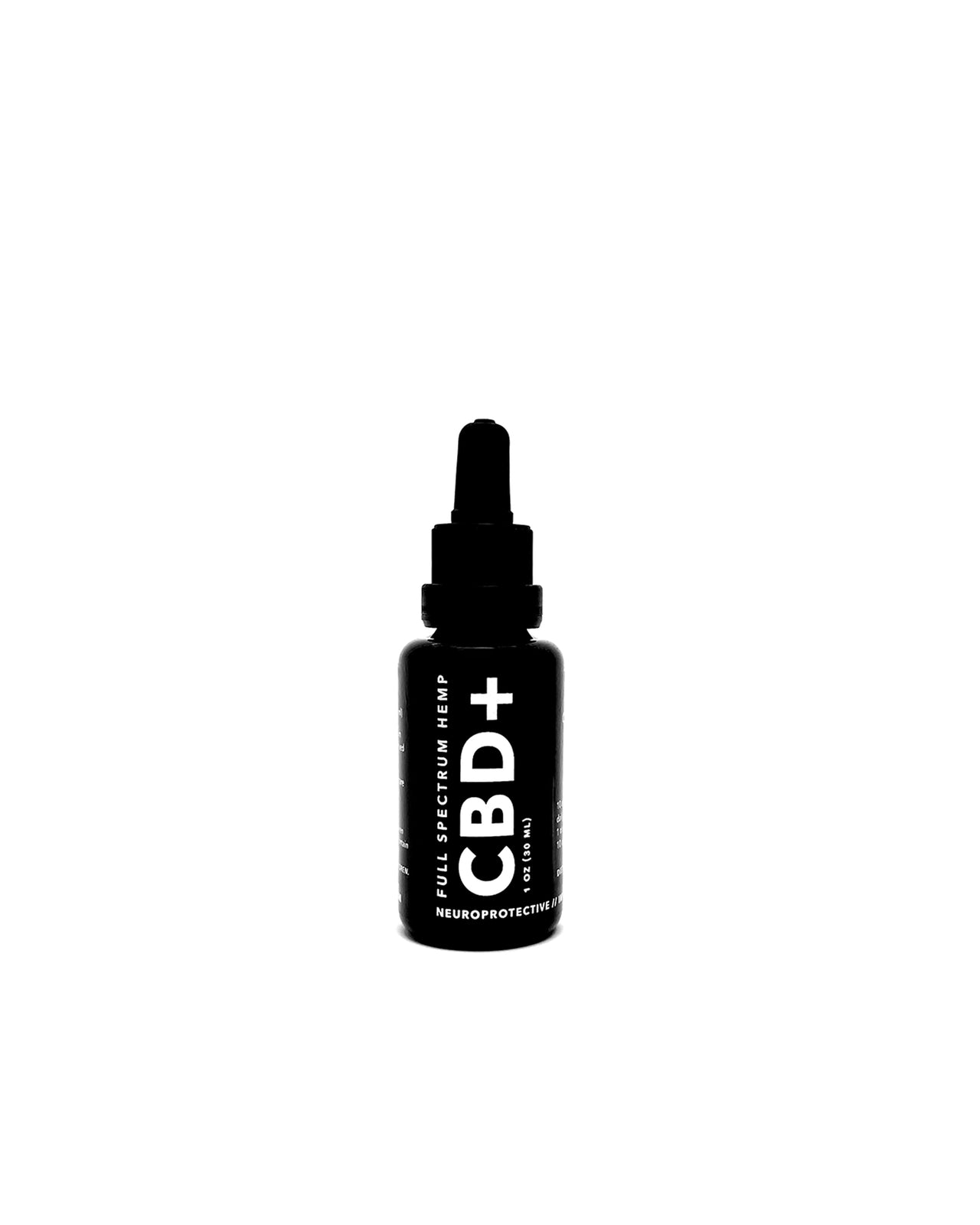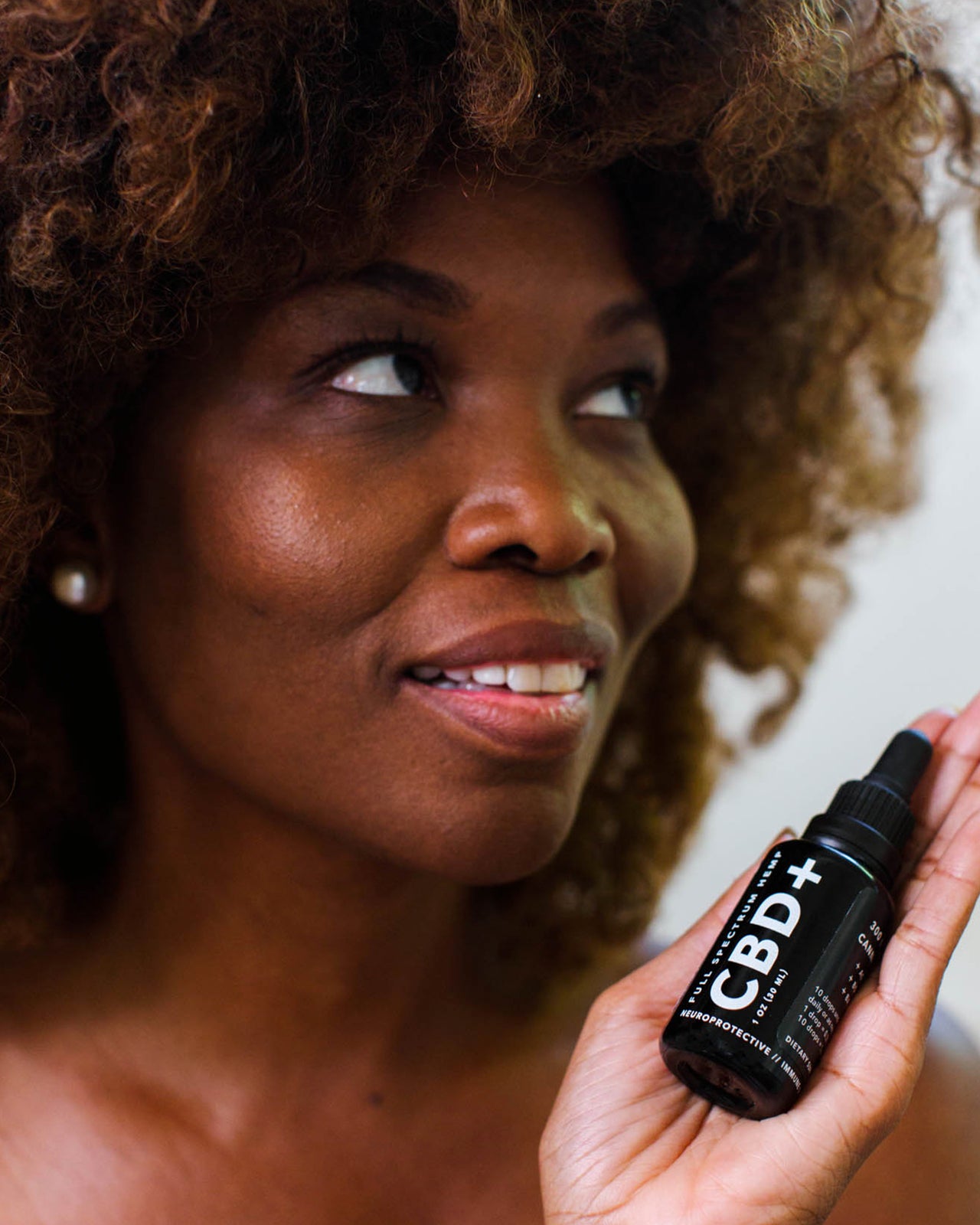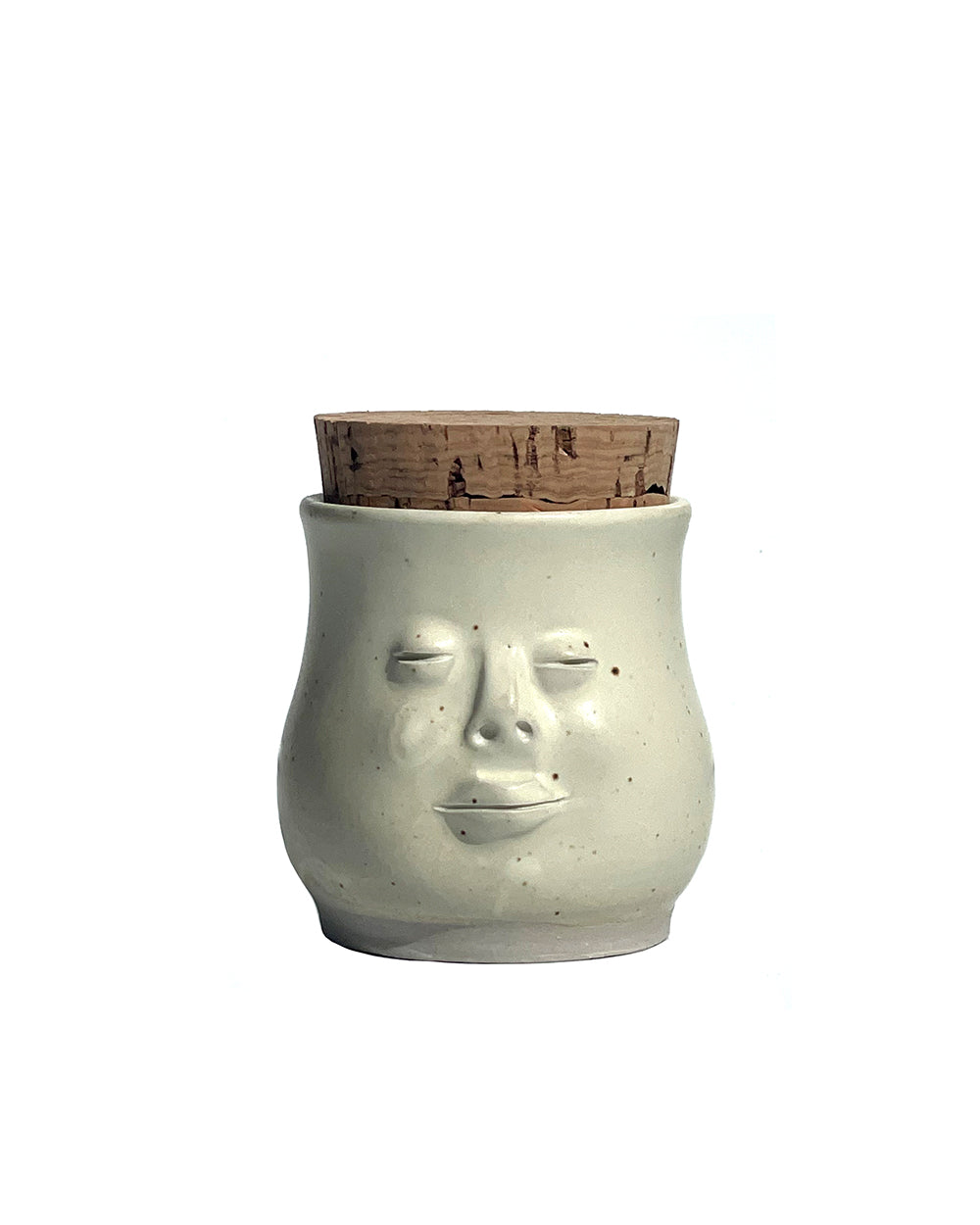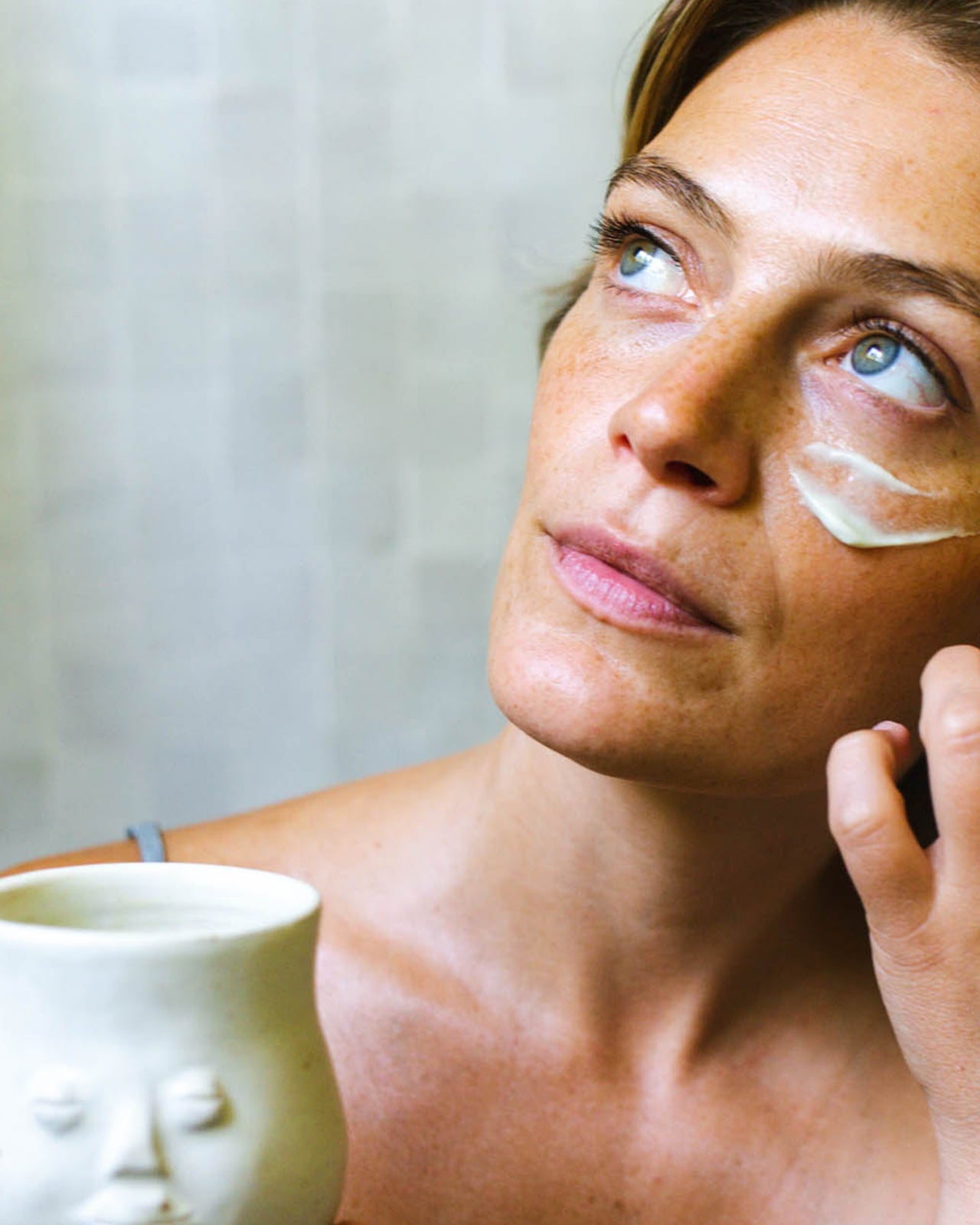In the enchanting realm of botanical alchemy, two distinct processes vie for attention: hydrosol distillation and essential oil distillation. While both methods capture the essence of plants, there exists a fascinating distinction that, in my humble opinion, tips the scale in favor of hydrosol distillation.
At the heart of the matter lies the key difference: hydrosols are most often crafted from freshly harvested plants, while essential oils are almost always derived from dried plant materials. Imagine plucking a fragrant rose at the peak of its bloom and immediately preserving its essence through hydrosol distillation. This process captures the vitality, life force, and spirit of the living plant, infusing the hydrosol with a remarkable depth of character.
A true hydrosol holds a secret treasure within it – cellular water from the plant. This exquisite liquid matrix carries the plant's essence, imbued with its unique energy and vibrational signature. It's as if the plant's soul finds refuge in the hydrosol, creating a harmonious and holistic connection between people and plants.
While essential oils offer potent concentrations of aromatic compounds, they lack the living essence and depth of hydrosols. Hydrosols are gentle yet profound, nurturing not only the skin but also the mind. They are a bridge between science and spirituality, encapsulating the plant's complete essence in a delicate aqueous form.
Hydrosols, often overshadowed by their more concentrated counterparts, essential oils, are a versatile and underrated gem in the world of aromatherapy. Their gentle nature makes them suitable for all skin types, even the most sensitive, providing natural hydration, balance, and soothing relief. With a wide range of aromatic profiles, from the citrusy, floral burst of Orange Blossom to the grounding scent of Lavender, hydrosols offer a sensory journey that can uplift, calm, and rejuvenate the mind, body and spirit.
Crafting our hydrosols is an artful process that requires precision and finesse. Fresh plant material is carefully placed in a distillation apparatus, where steam gently coaxes out the aromatic molecules and plant spirit. The resulting vapor condenses, yielding a magnificent dual product – microparticles of essential oil dissolved in the hydrosol. With a hydrosol, one can experience the best of both worlds in perfect balance.
The choice between a hydrosol and an essential oil ultimately rests on one's desired application. Let's explore how you can use hydrosols and essential oils in your daily life, taking into account their unique qualities and applications.
Hydrosols are best suited for use as:
Facial Toners
Hydrosols are a fantastic addition to your skincare routine. They provide gentle hydration and help to balance the pH of the skin, making them perfect facial toners. Simply spritz onto clean skin or apply with a cotton pad to refresh and prepare your skin for moisturizers or serums. Our favorites include Rose Geranium, Tulsi, Helichrysum and Bay Laurel.
Aromatherapy Mists
Hydrosols offer an inviting and subtle fragrance that can be used as an aromatherapy mist. Spray them in your living space or on your linens to create a soothing and calming atmosphere. For example, Lavender Hydrosol can promote relaxation, while Lemon Hydrosol can uplift your mood.
Compresses
Soak a cloth in a hydrosol and apply it as a compress to soothe irritated skin, sunburn, or minor wounds. Calendula Hydrosol is particularly renowned for its soothing properties in such cases. We also love the Chamomile Hydrosol as it helps to calm both the skin and mind alike.
Scalp and Hair Care
Use the Rosemary or Cedarwood hydrosols as a natural hair and scalp tonic to add a touch of moisture and a pleasant scent to your locks. Spritz onto your hair and scalp to refresh and revitalize. Gently massage to encourage hair growth.
Body Sprays
After a shower or bath, mist your body with Tea Tree or Peppermint Hydrosol to maintain skin hydration and enjoy a subtle, natural fragrance. You can choose any hydrosol with an aroma that resonates with your mood.
Essential Oils are best suited for use as:
Aromatherapy Diffusion
Essential Oils are highly concentrated and potent, making them perfect for aromatherapy diffusers. A few drops of your chosen oil can fill your space with therapeutic scents that can influence your mood and well-being. For instance, diffusing Peppermint Essential Oil can boost energy and alertness. You can also use your hydrosol in your diffuser for a mild yet complex aromatic experience.
Massage and Dilution
Essential Oils should always be diluted in a carrier oil before applying to the skin. They are excellent for targeted relief when used in massage oils for specific issues such as muscle tension or headaches. For instance, Eucalyptus Essential Oil can be blended with a carrier oil for a soothing chest rub during cold and flu season. You can also try our uplifting Menthol Rub for similar effects.
Inhalation
Inhaling the aroma of essential oils can have a direct impact on your emotional state. You can inhale them by adding a few drops to a bowl of hot water and creating a steam inhalation.
Bath Enhancements
A few drops of essential oils in your bathwater can create a luxurious and therapeutic bathing experience. Whether you seek relaxation or rejuvenation, there's an oil for every ailment. Our hydrosols can also be added to baths and clay masks. We love the calming effects of California Sagebrush and Lavender.
The choice between hydrosols and essential oils depends on your intended use and the desired effect. Hydrosols offer gentle hydration, aroma, and skin benefits, making them versatile for daily use. Essential Oils, on the other hand, are concentrated and powerful, best suited for aromatherapy, or targeted relief. Both have their own unique qualities, and together they provide a well-rounded approach to holistic well-being and self-care.
References:
Tisserand, R., & Young, R. (2014). Essential Oil Safety: A Guide for Health Care Professionals. Churchill Livingstone.
Catty, S. (2001). Hydrosols: The Next Aromatherapy. Healing Arts Press.
Rose, J. (2015). 375 Essential Oils and Hydrosols. Frog Books.
At the heart of the matter lies the key difference: hydrosols are most often crafted from freshly harvested plants, while essential oils are almost always derived from dried plant materials. Imagine plucking a fragrant rose at the peak of its bloom and immediately preserving its essence through hydrosol distillation. This process captures the vitality, life force, and spirit of the living plant, infusing the hydrosol with a remarkable depth of character.
A true hydrosol holds a secret treasure within it – cellular water from the plant. This exquisite liquid matrix carries the plant's essence, imbued with its unique energy and vibrational signature. It's as if the plant's soul finds refuge in the hydrosol, creating a harmonious and holistic connection between people and plants.
While essential oils offer potent concentrations of aromatic compounds, they lack the living essence and depth of hydrosols. Hydrosols are gentle yet profound, nurturing not only the skin but also the mind. They are a bridge between science and spirituality, encapsulating the plant's complete essence in a delicate aqueous form.
Hydrosols, often overshadowed by their more concentrated counterparts, essential oils, are a versatile and underrated gem in the world of aromatherapy. Their gentle nature makes them suitable for all skin types, even the most sensitive, providing natural hydration, balance, and soothing relief. With a wide range of aromatic profiles, from the citrusy, floral burst of Orange Blossom to the grounding scent of Lavender, hydrosols offer a sensory journey that can uplift, calm, and rejuvenate the mind, body and spirit.
Crafting our hydrosols is an artful process that requires precision and finesse. Fresh plant material is carefully placed in a distillation apparatus, where steam gently coaxes out the aromatic molecules and plant spirit. The resulting vapor condenses, yielding a magnificent dual product – microparticles of essential oil dissolved in the hydrosol. With a hydrosol, one can experience the best of both worlds in perfect balance.
The choice between a hydrosol and an essential oil ultimately rests on one's desired application. Let's explore how you can use hydrosols and essential oils in your daily life, taking into account their unique qualities and applications.
Hydrosols are best suited for use as:
Facial Toners
Hydrosols are a fantastic addition to your skincare routine. They provide gentle hydration and help to balance the pH of the skin, making them perfect facial toners. Simply spritz onto clean skin or apply with a cotton pad to refresh and prepare your skin for moisturizers or serums. Our favorites include Rose Geranium, Tulsi, Helichrysum and Bay Laurel.
Aromatherapy Mists
Hydrosols offer an inviting and subtle fragrance that can be used as an aromatherapy mist. Spray them in your living space or on your linens to create a soothing and calming atmosphere. For example, Lavender Hydrosol can promote relaxation, while Lemon Hydrosol can uplift your mood.
Compresses
Soak a cloth in a hydrosol and apply it as a compress to soothe irritated skin, sunburn, or minor wounds. Calendula Hydrosol is particularly renowned for its soothing properties in such cases. We also love the Chamomile Hydrosol as it helps to calm both the skin and mind alike.
Scalp and Hair Care
Use the Rosemary or Cedarwood hydrosols as a natural hair and scalp tonic to add a touch of moisture and a pleasant scent to your locks. Spritz onto your hair and scalp to refresh and revitalize. Gently massage to encourage hair growth.
Body Sprays
After a shower or bath, mist your body with Tea Tree or Peppermint Hydrosol to maintain skin hydration and enjoy a subtle, natural fragrance. You can choose any hydrosol with an aroma that resonates with your mood.
Essential Oils are best suited for use as:
Aromatherapy Diffusion
Essential Oils are highly concentrated and potent, making them perfect for aromatherapy diffusers. A few drops of your chosen oil can fill your space with therapeutic scents that can influence your mood and well-being. For instance, diffusing Peppermint Essential Oil can boost energy and alertness. You can also use your hydrosol in your diffuser for a mild yet complex aromatic experience.
Massage and Dilution
Essential Oils should always be diluted in a carrier oil before applying to the skin. They are excellent for targeted relief when used in massage oils for specific issues such as muscle tension or headaches. For instance, Eucalyptus Essential Oil can be blended with a carrier oil for a soothing chest rub during cold and flu season. You can also try our uplifting Menthol Rub for similar effects.
Inhalation
Inhaling the aroma of essential oils can have a direct impact on your emotional state. You can inhale them by adding a few drops to a bowl of hot water and creating a steam inhalation.
Bath Enhancements
A few drops of essential oils in your bathwater can create a luxurious and therapeutic bathing experience. Whether you seek relaxation or rejuvenation, there's an oil for every ailment. Our hydrosols can also be added to baths and clay masks. We love the calming effects of California Sagebrush and Lavender.
The choice between hydrosols and essential oils depends on your intended use and the desired effect. Hydrosols offer gentle hydration, aroma, and skin benefits, making them versatile for daily use. Essential Oils, on the other hand, are concentrated and powerful, best suited for aromatherapy, or targeted relief. Both have their own unique qualities, and together they provide a well-rounded approach to holistic well-being and self-care.
References:
Tisserand, R., & Young, R. (2014). Essential Oil Safety: A Guide for Health Care Professionals. Churchill Livingstone.
Catty, S. (2001). Hydrosols: The Next Aromatherapy. Healing Arts Press.
Rose, J. (2015). 375 Essential Oils and Hydrosols. Frog Books.

